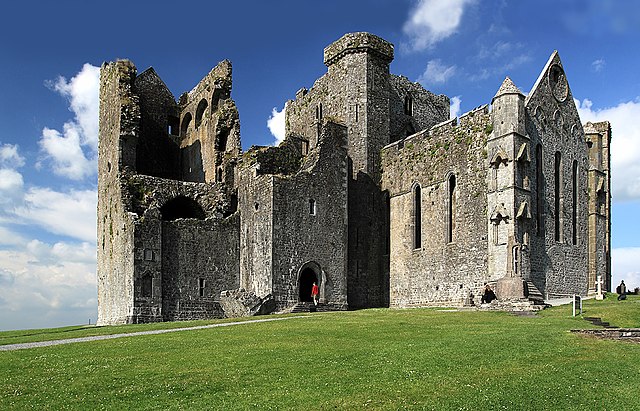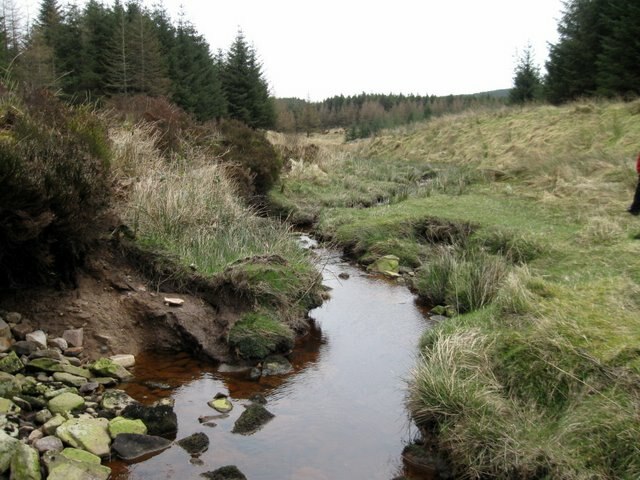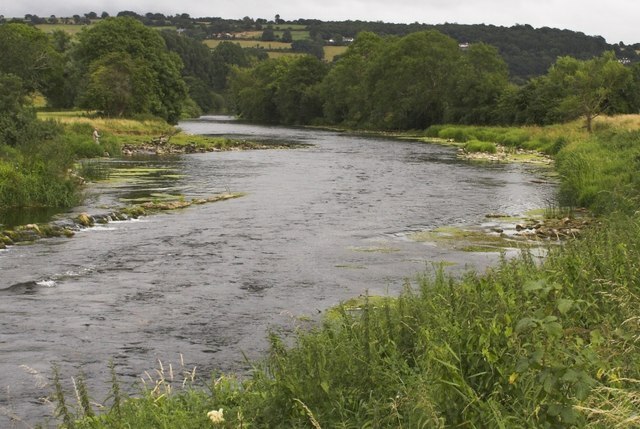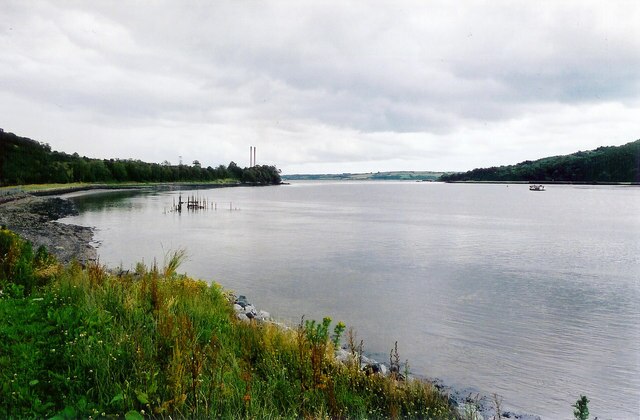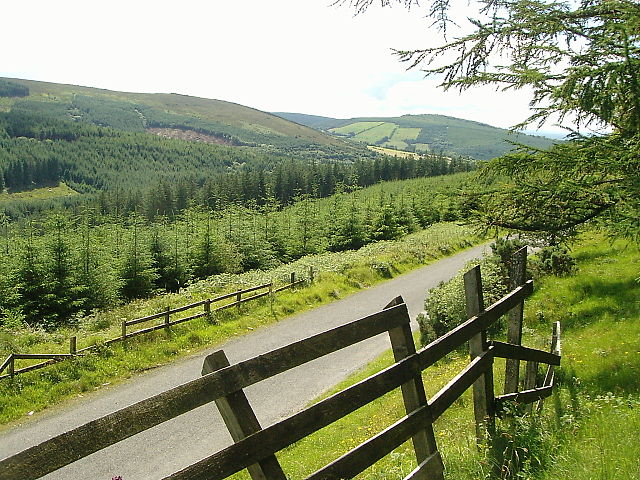The Kingdom of Munster was a kingdom of Gaelic Ireland which existed in the south-west of the island from at least the 1st century BC until 1118. According to traditional Irish history found in the Annals of the Four Masters, the kingdom originated as the territory of the Clanna Dedad, an Érainn tribe of Irish Gaels. Some of the early kings were prominent in the Red Branch Cycle such as Cú Roí and Conaire Mór. For a few centuries they were competitors for the High Kingship of Ireland, but ultimately lost out to the Connachta, descendants of Conn Cétchathach. The kingdom had different borders and internal divisions at different times during its history.
Caherconree in the Slieve Mish Mountains features the remains of a stone ringfort, named for Dáirine king Cú Roí.
Skellig Michael off the coast of the Iveragh Peninsula. An isolated Christian monastery was founded here by St. Finnian of Clonard in the 6th century.
The Rock of Cashel was the centre of power for the Eóganacht Chaisil, ancestors of the Mac Cárthaigh, who became the main providers of Kings of Munster.
St. Cormac mac Cuilennáin was a celebrated early 10th century King-Bishop associated with the literary Sanas Cormaic.
Osraige or Osraighe, Osraí, anglicized as Ossory, was a medieval Irish kingdom comprising what is now County Kilkenny and western County Laois, corresponding to the Diocese of Ossory. The home of the Osraige people, it existed from around the first century until the Norman invasion of Ireland in the 12th century. It was ruled by the Dál Birn dynasty, whose medieval descendants assumed the surname Mac Giolla Phádraig.
The source of the River Barrow in the Slieve Bloom Mountains
The River Nore
The River Suir
The Slieve Blooms



